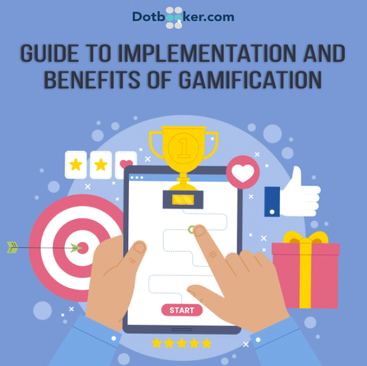
- By Dotbooker Team
- Jul 31, 2022
- 761
A Detailed Guide to Implementation and Benefits of Gamification
Introduction
Gamification has been one of the hottest topics in recent years. This trend will not slow down soon. Gamification has become bigger, highly effective, and impactful in our daily lives. With further development, Gamification has influenced our workplaces too. But what exactly does Gamification mean, and how can you use it to improve your business’s performance?
This blog will give you a detailed insight into the subject.
What is Gamification?
Gamification employs game design elements in non-game contexts to engage people in solving problems, motivate them to contribute to developing collaborative projects, and organize communities around common interests or activities. Experts suggest using it for marketing, training, education, health care, and many other fields that use game elements to improve their outcomes. Implement Gamification by using game elements such as points, badges, levels, and leaderboards within non-game contexts to make processes more fun and engage people in achieving goals.
Benefits of Gamification
Gamification can come in handy. You must know where to use it and how to avail its maximum benefits. Let us talk about the benefits you can have.
1. Motivation at Workplaces:
If Marketing is about building brand awareness, Sales is about deepening its roots and strengthening the brand.
As a basic rule, the Sales team must be self-motivated, but their motivation doesn’t last long. So your Sales guys are the ones who need maximum doses of motivation and inspiration to stay abreast with their goals and targets. They might subsequently see dry days where no sales get registered, and your sales team members slog through their daily sales calls routine that takes them nowhere. Gamification can make them feel special and wanted by creating an opportunity to reward them for their prospect analysis and engagement. This looks great on paper and also in real life. Experienced salespeople know that their activities will eventually yield success. So Gamification tools can help motivate employees and help them deliver results.
Gamification in the workplace can help alleviate boredom, ignite the flames of competition, and add more fun to the work environment. Not only does gamification help improve employee satisfaction and team spirit, but it can also increase productivity. In many cases, companies that implemented gamification have reported an improvement of up to 20% in their staff’s productivity. On the other hand, businesses have saved millions of dollars due to lower absenteeism and fewer workers taking extended breaks. Their employee attrition rates have also decreased, a factor worth considering.
If you want to motivate your teams, Gamification is your best friend.
2. Customer Engagement:
Customer Engagement is about attracting your customers, making them aware of your products or services, and retaining them for longer. Gamification can prove as a game changer for customer engagement and retention.
Gamification provides a fun alternative to traditional marketing strategies, where customers get a refreshing sense of ownership. Instead of being stuck in a brand’s conventional marketing strategy, customers who participate in gamification feel more in control. It also adds a personal touch to the customer experience, making them feel above the world as their satisfaction matters to the brand. Your customers reciprocate favorably because the company has exceeded standard norms by offering them a superior experience.
Customers are often scared to be a part of online marketing campaigns. The safety and security of their personal information concern them to the extent of sharing their data with unknown sources. On the other hand, gamification allows users to participate in interactive activities that don’t make them feel victimized. They enjoy interacting with a brand that provides them with a personal, interesting, and fun-filled experience.
Customers appreciate being treated differently. Gamification is a great alternative to traditional advertising and marketing tactics. It allows your users to have more ownership and command over a brand as their experience and inputs count towards helping that brand escalate to new heights.
3. Customer Satisfaction:
Always consider Gamification as your path to achieving customer satisfaction.
Using gamification to boost customer satisfaction is a great way to educate customers on the products and services you deal in. For this purpose, you can create an online strategy (game or even a mobile app). By making the games fun-filled and informative, you can entice your users with prizes and help them understand your product's functions and usability.
Utilizing gamification as a powerful strategy is a great way to provide dynamic, interactive educational tools that are fun, flexible, and engaging. These activities can bring a new level of interactivity to your marketing campaigns and help to boost customer satisfaction.
Gamification is a relatively new concept, but very successful in improving customer satisfaction, loyalty, and conversions by understanding and targeting your customers’ betterment. Adding points and badges to a marketing campaign or purchasing experience can overcome any issues arising after purchase. If someone isn't happy with their purchase, they can try again to earn higher scores by fulfilling unique objectives or tasks. Different games are available for different types of businesses; it could be as simple as registering a new account or as complex as interacting with each product before buying it.
A thorough understanding of the product through Gamification can ensure customer satisfaction.
How to set up Gamification?
Now that we know what Gamification is and its benefits, let us understand how to set it up.
If you ever ask an employee about the impact of Gamification, he would surely attribute his productivity and success to Gamification. Gamification is more than adding game-like fun elements and rewards to daily tasks or projects. Gamification takes away the boredom and infuses refreshed approach and attitude toward your organization’s goals.
There are 4 stages to setting up Gamification. Let us discuss each of them.
1. Identify the game
Before deciding upon the game, you must first devise a proper strategy. A successful Gamification strategy begins by defining the objectives, resources, and time needed to achieve the goals. These objectives can be different for employees and customers.
The first thing you must do is to identify your target audience. Both your employees and customers are your target audience. When shaping your gaming strategy, it would be best to consider your target audience’s age, occupation, gender, and interests.
In the end, these objectives help you achieve your business goals. So, ensure that the game, its strategies, and objectives must coincide with your business goals. Use this pattern to decide and design your game.
2. Create rules
You must create your gamification rules on the following basis:
- Clearly define the participant’s learning objectives and expected outcomes.
- The participant’s responses must be based on research or a real-life experience.
- Develop an appreciation and reward system.
- Pick up standard game mechanics and customize them to your industry needs.
- You should have a gamification Authoring tool or software.
- Ensure the criteria are clearly defined and the instructions easily accessible online.
- Make the user feel that he is the King and his accomplishments are worthwhile.
3. Set values
When you add purpose and value to any task, the path becomes the mission, and the goal becomes memorable.
Starbucks is the best example:
The Starbucks app comes with a built-in loyalty program. When you make your purchases through this app, you start accumulating stars. (Stars have always amazed us.) You can later redeem your collected stars to earn rewards and badges.
Here the stars are not simply loyalty points but are the true value elements attached to this program. They relate to value because you can earn rewards from these stars.
So add “Value Elements” to your gamification exercise and keep your customers and employees engaged.
4. Set badges and rewards
In addition to entertaining and engaging your customers, badges, and rewards motivate your employees and help them stay motivated.
Companies can use gamification to recognize employee accomplishments. One way is to allow employees to earn points that can be redeemed for company swag, extra break time, free snacks, pizza parties, and even time off. One way to boost employee morale is by offering them perks and bonuses for accomplishing company goals.
Incentives can help encourage employees to perform certain tasks, but they are not always necessary. For example, the daily routine tasks which are a part of an employee’s job profile need not be incentivized because such tasks are expected to be completed at all costs. When an employee breaks the barrier and goes beyond his duty, you must reward and appreciate him.
You can have a similar standpoint for your customers. The loyalty Points program is one great way to convert casual customers into (serious) returning ones. Use technology to develop an app for your business. The app must sync the customers’ purchases with their accumulated points. These redeemable points can be exchanged for free items, gifts, discounts, and merchandise. You can have the app accumulate double points to his account if a customer makes a great purchase on his birthday or anniversary.
Wrapup:
Although Gamification is a highly effective and in-demand marketing tool, you must double-check during and after implementation. There are all the possibilities of a boomerang if not handled carefully. Tremendous brainstorming, in-depth planning at each stage, superior UI/UX designing skills, and thorough technical knowledge are what you need to make your gamification a complete success. Assessing your app if it stands good for a gamification strategy is one such step that you cannot neglect.
If you feel that managing all these tasks is not your cup of tea, then we have a better suggestion. Dotbooker, a professional app development platform, has a proven track record of developing gamification strategies for various apps. Contact Dotbooker at [email protected] and let their product expert help you resolve your queries.
Popular Blogs
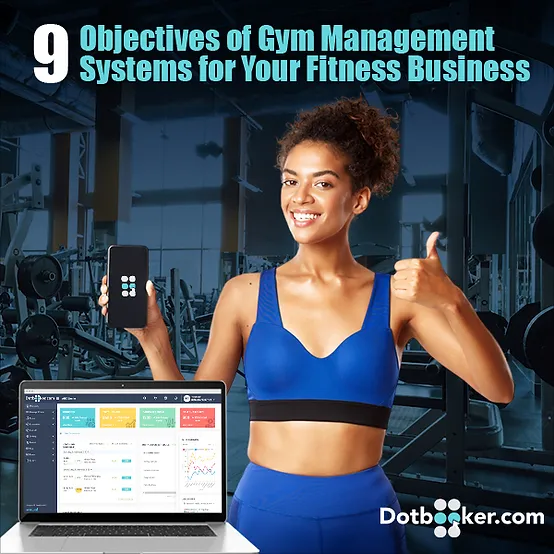
- Oct 20, 2022
- 4778
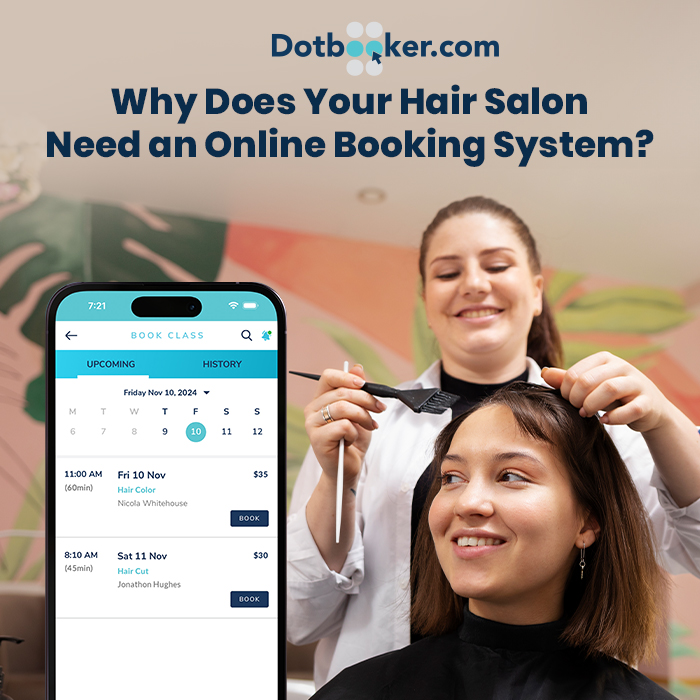
- Sep 08, 2024
- 4146

- Nov 11, 2022
- 3558
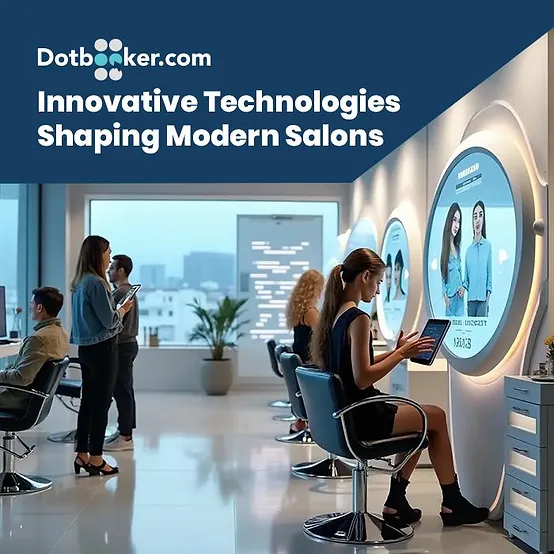
- Sep 16, 2024
- 2916
Transform your business now!
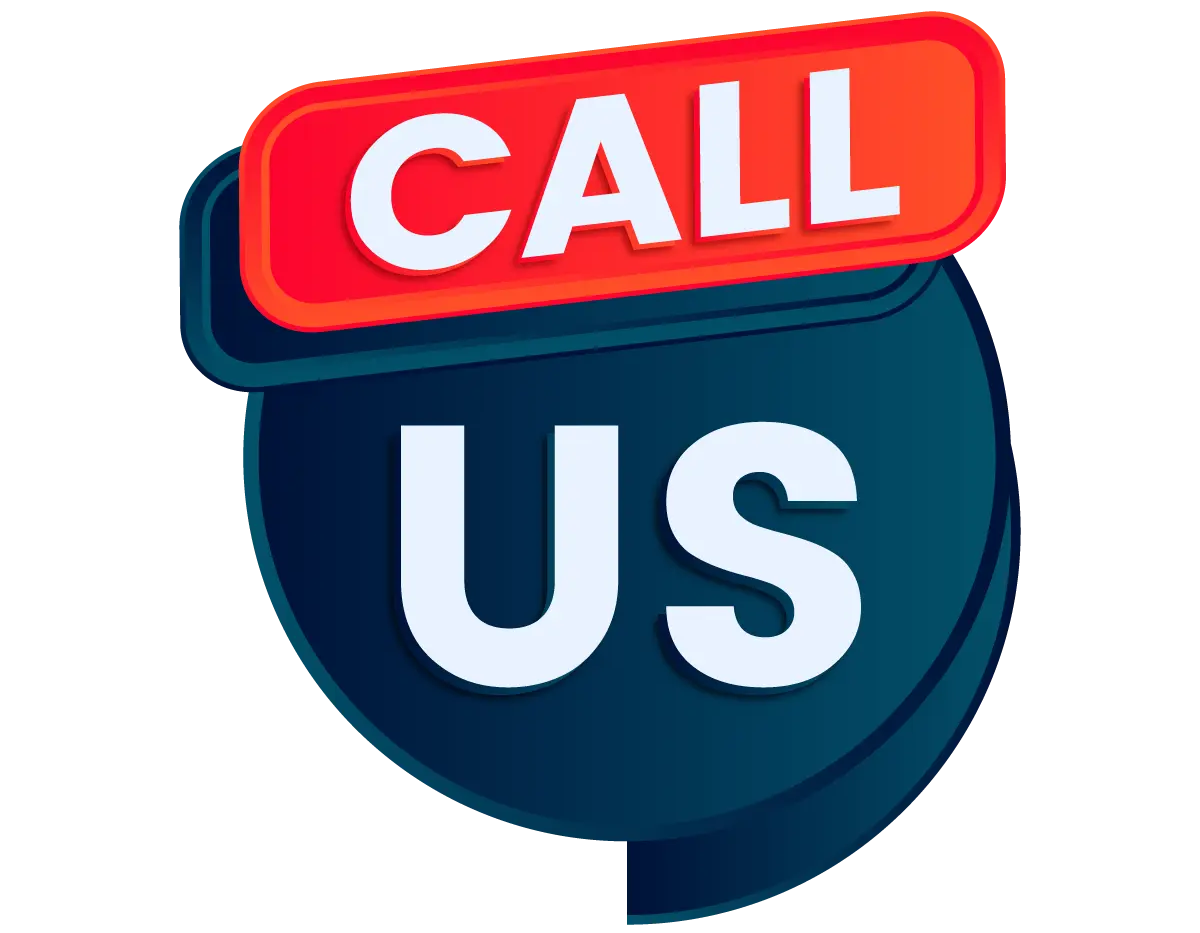
Get an expert consultation for your business's streamlined operations.